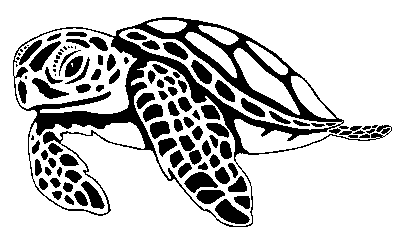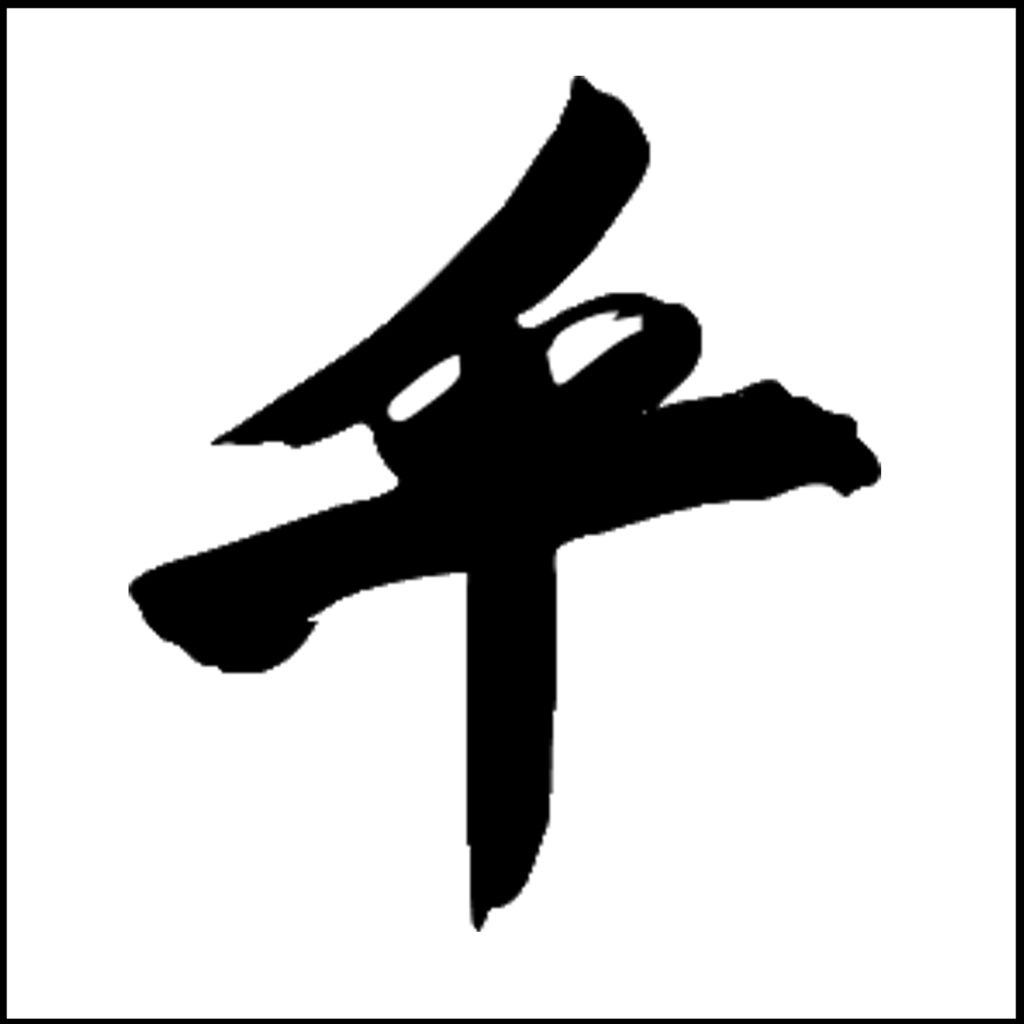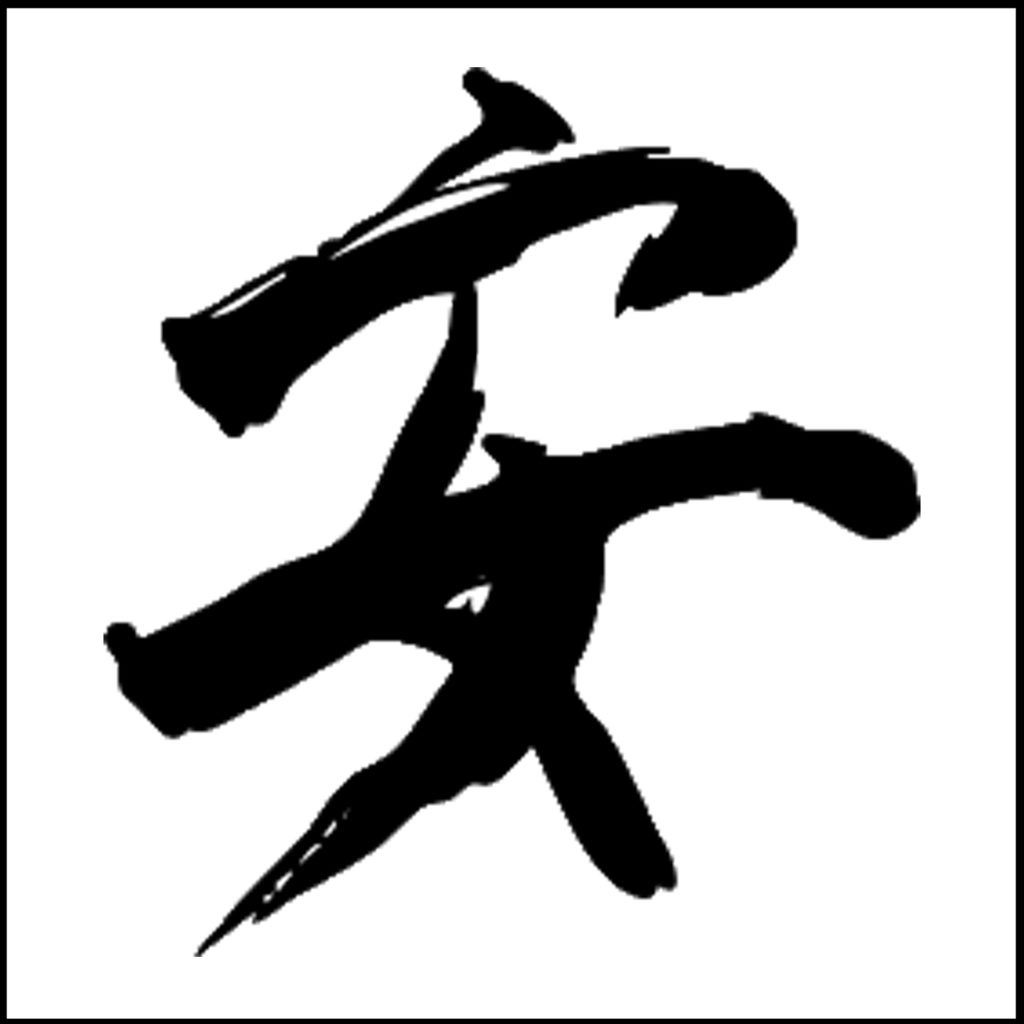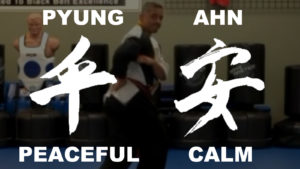Pyung Ahn Hyung
In this blog post, I will simply share what has been taught to me by my Tang Soo Do (Soo Bahk Do) instructor, Master Michael Dinoto (Dan Ban # ) as taught to him by Master Michael Garaguso (Dan Ban # 21941) as taught to him by Master Jae Chul Shin (Dan Ban # 698 ) as taught to him by Grandmaster Hwang Kee. I do encourage all of you that would like to dig deeper into the history, creator/creation and meaning of the Pyung Ahn hyung series to do so. It is definitely an interesting and enlightening endeavor.
History
Students of Tang Soo Do typically begin learning the Pyung Ahn series of forms at Dinoto Karate Center at Gold Belt level.
The modern Pyong Ahn forms were introduced as a series of five forms in 1901 by Itosu Yasutsune (1831 – 1915), a Shorin-ryu Karate master on Okinawa. The words Pyong Ahn translate to “Peaceful Confidence”. The diagrams of the forms resemble a balanced scale. There is some differing opinions as to the exact history of the forms. Some claim that they originated in China and exemplify the southern regional style (Nam-Pa); that they were created by a Chinese military leader named Jeh Nam and were once known as the Jeh Nam Hyungs till late 1800. Others would argue that they originated in Okinawa and were adapted by Itosu from older forms such as Kusanku and Gojushiho into forms suitable for teaching karate to young students and introducing martial arts practice into school systems.
Both theories presume the basis for the movements came originally from the southern region of China. Forms introduced from this region are said to be of the Weh Ga Ryu (Outside/External House Style). Weh Ga Ryu came from Southern Chinese Schools emphasizing speed, aggressiveness and dynamic action. Examples of the Weh Ga Ryu style are the Gi Cho Hyung, Pyung Ahn Hyung, and Passai.

The exact history behind the origin of the Pyung Ahn series aside, there is great benefit to practicing these forms. These forms were introduced into the Tang Soo Do curriculum by Hwang Kee, who made the turtle the symbol of the Pyung-Ahn Hyungs. The turtle bears a special significance in Korea culture comparable to that of the dragon in China. Throughout Korea, in gardens and temples especially, one sees turtle sculptures dating from historical times to the present.
In his book Tang Soo Do (Soo Bahk Do), Hwang Kee states (page 350):
Note: In my research, I found this essay by John Hancock extremely interesting: “The Truth About Pyung Ahn Hyungs“
Pyung Ahn Hyungs
Pyung Ahn Cho Dan
Pyung Ahn E Dan
(not required at Dinoto Karate Center)
Pyung Ahn Sam Dan
Step-by-Step for 1st half of Pyung Ahn Sam Dan
Pyung Ahn Sa Dan
(not required at Dinoto Karate Center)
Pyung Ahn O Dan
The Meaning of Pyung Ahn
The term Pyung Ahn encompasses the underlying philosophy of the art of Tang Soo Do (Soo Bahk Do Moo Duk Kwan). It is written in Chinese characters and can have several different meanings but the one I have been taught is “peaceful and confident”. The one I prefer is, “peace and calm.”
The first character shows a scale with the weight balanced evenly on both sides. Because it is perfectly balanced it can be considered to be calm and peaceful.

The second character needs to be looked at in two parts. The top looks like a roof which provides shelter and security. Underneath the roof appears to be a parent hugging a child. This represents comfort, security and confidence. It is akin to the phrase “an Englishman’s home is his castle”. So the phrase can also mean “calm and confident”.

We must learn to be balanced both mentally and physically.
We should try to avoid boastful or aggressive behavior and to control our emotions, especially anger. During a belt test the examiner will look for Pyung Ahn, a peaceful calm, in your movement and mental discipline.
In Grand Master Hwang Kee’s 1978 book, Soo Bahk Do Tang Soo Do, we find the following passage on page 372 – “by completely mastering the pyong ahn forms one can develop a feeling of pyong ahn in your mind and body regardless of the situation. This feeling is attained because of the self defense ability developed by practicing the pyong ahn forms.”


